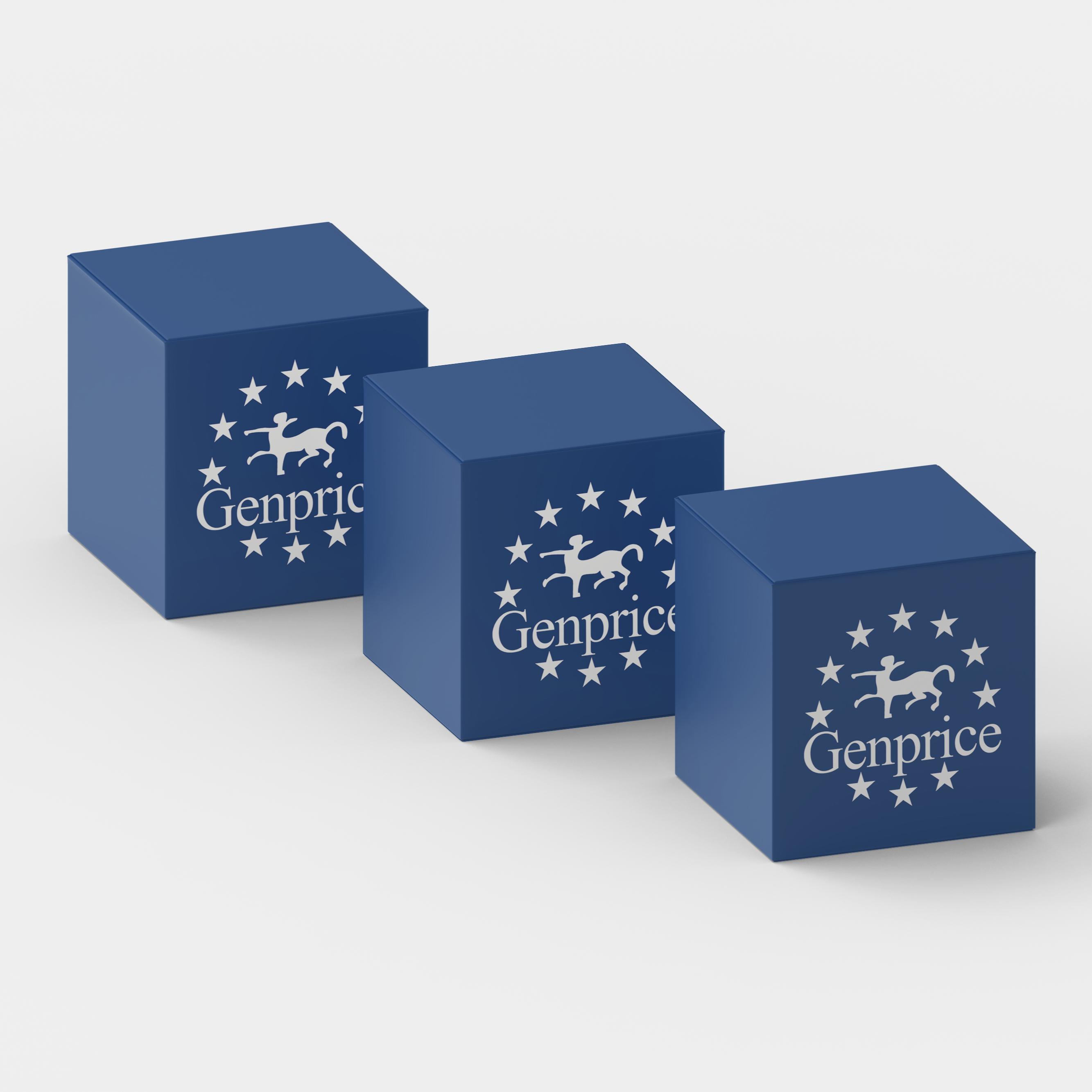+1 (408)780-0908
Sub Categories
General Purpose Media
Serum-Free Media
Stem Cell Culture Media
Primary Cell Culture Media
Specialty Media
Microbial Media
Insect Cell Culture Media
Plant Tissue Culture Media
3D Culture Media
Serum-Supplemented Media
Customizable Media
Differentiation Media
Cryopreservation Media
Protein-Free Media

Culture Medium
3D Culture Media
3D culture media are specially formulated solutions designed to support the growth and development of cells in three-dimensional environments, mimicking in vivo conditions. These media enable the formation of more physiologically relevant cell structures, such as spheroids, organoids, and tissue-like assemblies, providing valuable insights for research in cancer, drug development, tissue engineering, and regenerative medicine. Whether you're studying cell behavior, testing drug efficacy, or engineering tissues, 3D culture media are essential tools for advancing your work.
Category Highlights:
What Is 3D Culture Media?
3D culture media are cell culture formulations optimized for three-dimensional growth, allowing cells to interact with their environment and neighboring cells in all directions. Unlike traditional 2D culture systems, 3D cultures replicate the spatial and mechanical cues found in living tissues, enhancing the physiological relevance of experimental results. These media are designed to support various 3D culture systems, including scaffold-free spheroids, hydrogel-based matrices, and bioprinted tissues.
Why Choose 3D Culture Media?
1-Physiologically Relevant Models
3D cultures mimic the in vivo microenvironment, offering better insights into cell behavior and function.
2-Improved Predictability
More accurately predict drug responses, toxicity, and disease progression compared to 2D models.
3-Wide Range of Applications
Suitable for cancer research, drug discovery, tissue engineering, and disease modeling.
4-Enhanced Cell-Cell and Cell-Matrix Interactions
Promote natural cellular interactions and more realistic extracellular matrix (ECM) deposition.
5-Support for Advanced Culture Systems
Tailored formulations are compatible with organoids, spheroids, and bioprinted tissue constructs.
Applications of 3D Culture Media
- Cancer Research:
Study tumor growth, metastasis, and drug resistance using 3D tumor spheroids that replicate in vivo conditions.
- Organoid Development:
Support the growth of organoids, such as intestinal, liver, or brain organoids, for modeling organ development and disease.
- Drug Discovery and Toxicology:
Test the efficacy and safety of drug candidates in 3D systems for better translational relevance.
- Tissue Engineering:
Create tissue-like structures for regenerative medicine, wound healing, and transplantation studies.
- Stem Cell Research:
Promote stem cell differentiation and self-organization into complex 3D structures.
- Disease Modeling:
Develop 3D culture systems for studying diseases like fibrosis, neurodegeneration, and cardiovascular conditions.
Key Features of 3D Culture Media
1-Optimized for 3D Growth:
Designed to support cell proliferation, differentiation, and ECM production in three dimensions.
2-Compatible with Various Systems:
Suitable for use with spheroids, organoids, hydrogels, scaffolds, and bioprinted tissues.
3-Defined and Serum-Free Options:
Chemically defined formulations reduce variability and are ideal for clinical and translational research.
4-Enhanced ECM Mimicry:
Includes components that support natural ECM-like conditions, such as collagen, laminin, or hyaluronic acid.
5-Customizable Formulations:
Tailored media options are available for specific cell types or applications.
Advantages of Using 3D Culture Media
- More Accurate Models:
Mimic tissue-specific microenvironments, improving the biological relevance of experimental results.
- Improved Drug Screening:
Test compounds in 3D systems for more predictive and translatable data in drug discovery.
- Enhanced Cellular Behavior:
Support natural cell differentiation, polarization, and ECM deposition.
- Versatility Across Applications:
Compatible with diverse research areas, from cancer biology to regenerative medicine.
- Customizable for Specific Needs:
Tailor formulations to suit your cell type or 3D culture system for optimal results.
Best Practices for Using 3D Culture Media
1-Choose the Right System:
Select media compatible with your chosen 3D culture method, such as spheroids, organoids, or scaffold-based systems.
2-Optimize Conditions:
Maintain proper temperature, CO2 levels, and feeding schedules to ensure successful 3D culture growth.
3-Use Appropriate ECM Components:
Supplement with extracellular matrix proteins, if needed, to enhance cell attachment and growth.
4-Monitor Culture Progress:
Assess cell viability, proliferation, and structure formation regularly using imaging or biochemical assays.
5-Store Media Properly:
Follow storage guidelines to maintain media stability and performance.
Why Choose 3D Culture Media for Your Research?
3D culture media provide the foundation for creating more realistic and physiologically relevant cell models, enabling breakthroughs in understanding cellular processes, disease mechanisms, and therapeutic responses. By supporting cell growth in three dimensions, these media bridge the gap between traditional 2D cultures and in vivo systems, driving innovation across diverse research and clinical applications.
Order 3D Culture Media Today
Explore our range of high-quality 3D culture media, designed to support various cell types and advanced culture systems. Each product is rigorously tested for quality, performance, and compatibility, ensuring reliable and reproducible results for your research or production needs. Place your order today and take your experiments to the next dimension with our 3D culture media solutions.
SEO-Optimized Keywords
- 3D culture media for spheroids and organoids
- Advanced cell culture media for 3D systems
- Serum-free 3D cell culture media
- Media for tumor spheroid research
- Tissue engineering and regenerative medicine media
- Organoid culture media solutions
- High-performance 3D culture media
- Drug discovery with 3D cell culture systems
